365 Diapers (Whole Foods) are ECF, and free of fragrance, latex, and TBT. We are also calling them Sneaky Stuff because of their lack of disclosure about phthalates, dyes, and lotion.
Price per diaper: $0.24
Earth’s Best Tendercare Diapers At first glance these diapers appear to be at least Good Stuff: they use a “plant based plastic” for their top-sheet and back-sheet and a cellulose fluff/SAP/bio-SAP core. However, there is no info on whether Earth’s Best diapers are phthalate-free or lotion-free. They do claim to be dye-free, but don’t give any info on what is used for the print. There is a general absence of transparency about the composition and percentage of the diaper that uses “plant-based plastic.”
Price per diaper: $0.32
Huggies Diapers are ECF, and free of fragrance, lotion, latex and parabens. The label states that they are “EU 26 allergens free,” as well. I’m not moving them from Sneaky Stuff because they do not disclose any information about phthalates, dyes, or the composition of the back-sheet.
Price per diaper: $0.59 to $0.88
Kirkland Signature Diapers As many of you know, Kirkland has made some great improvements to their diaper, and now appear to be free of latex, chlorine, fragrance, lotion, and artificial dyes. That said, there is no evidence that they are free of phthalates (we chatted with a rep and they said that they were unable to provide an answer about phthalates) and of course they are still made of petroleum-based plastics. They state that “some of the polyethylene is made from sugar cane” I would like say they’ve upgraded from Bad Stuff to Okay Stuff, but with a lable that boldly claims that these diapers are “made with plant-based materials,” coupled with the lack of transparency on phthalates, we have to call these green-washed, and therefore Sneaky Stuff.
Price per diaper: $0.26
Mamma Bear (Amazon brand) are ECF, fragrance free, latex free and hypoallergenic, but have no further information available. Mama Bear gets a “Sneaky Stuff” designation for lack of disclosure about phthalates, dyes, and lotion.
Price per diaper: $0.16
Rascal & Friends Premium Diapers A few of you asked about this brand, but the response we received was: “Unfortunately, we are unable to provide a detailed ingredients list of our diapers, as this is commercially sensitive. We are proud to say that our products are free from formaldehyde, elemental chlorine, phthalates, parabens, gluten, and endocrine disruptors. We also have a focus on no nasties, and our diapers contain no latex or fragrances and we only use water-based inks! The inks we use are non-toxic and completely harmless to baby’s skin.” Without more details on what is in these diapers, we will consider them Sneaky Stuff.
Price per diaper: $0.22
Up & Up Diapers (Target) are Sneaky Stuff because the label states “petroleum-free lotion” and “perfume-free” as opposed to simply being lotion-free and fragrance-free, although we did confirm that they do not contain phthalates.
Price per diaper: $0.43










































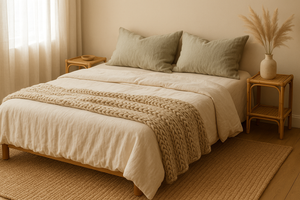
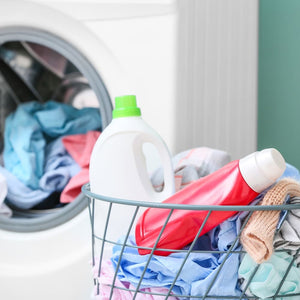
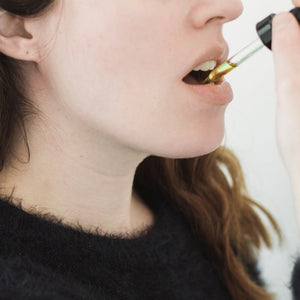
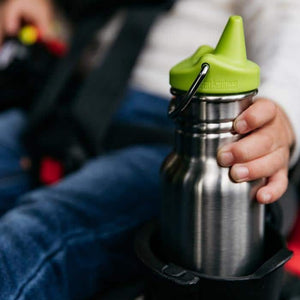
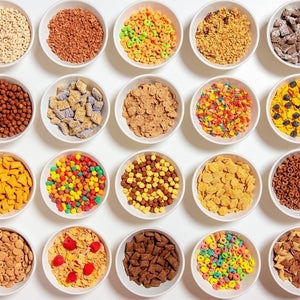



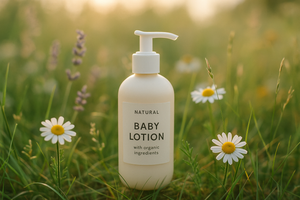
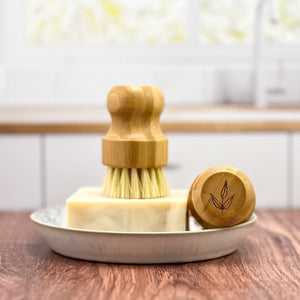
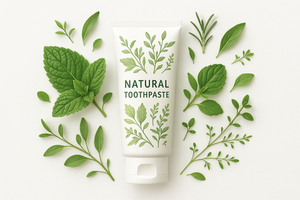

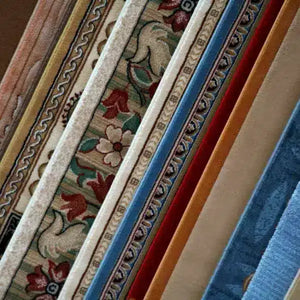
268 comments
Daniela
oh, and Andy Pandy is on a hiatus.
DANIELA
THANK YOU FOR DOING ALL THIS IMPORTANT RESEARCH. IT SAVED ME A LOT OF TIME. THANK YOU FOR HELPING OUR BABIES BE HEALTHY. JUST AN UPDATE AND INSIGHTS: Happy littler campers, healthy baby and Joonya are the only ones on the best list that don’t have a wetness indicator. Nest – is out of many sizes at the moment and many are reporting poor customer service (including receiving wrong sizes).
rosemaryschmidler
I haven’t tried the Whole Foods 365 diapers yet so I can’t speak to quality but all body care/personal care for babies and children must meet their quality standard for Whole Body/Body Care. Based on their website, they have banned phthalates from their products! It’s still unclear about dyes and lotions though.
Suzanne Weaver-Goss
I love the idea of Elimination Communication. EveryLife Diapers look good at first glance.
Monica Ballerini
Great info! I’m thinking of trying “EveryLife” diaper. Any insight into this brand? Also, I’m a big believer in Elimination Communication (obviously not full-time) and have been practicing it with my 4-month old baby since birth. Using disposables as opposed to cloth is just easier to rip off when I get the cue :) I would love to see more push for EC!
Thank you!